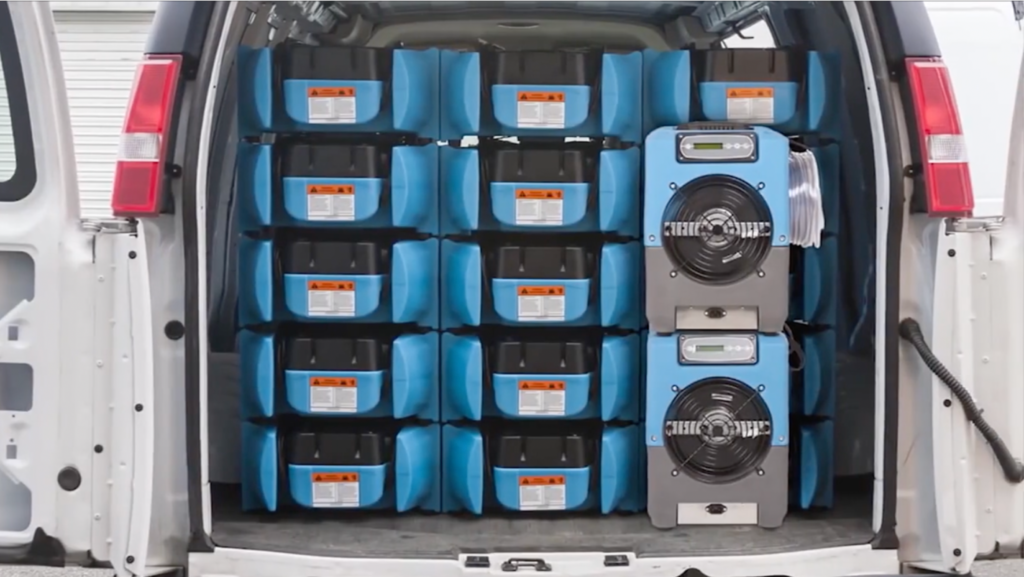Optimizing Material and Equipment Management for Property Restoration Projects
Posted April 25, 2024

Efficient management of materials and equipment is the cornerstone of success in the property restoration industry. Contractors face the pressing need to respond swiftly and cost-effectively to incidents of fire, water, or storm damage. Prioritizing the optimization of resource management is key, as it directly contributes to streamlined operations and increased productivity in restoration efforts.
The Unique Challenges of Property Restoration
Property restoration projects come with their own set of challenges related to material and equipment management, such as:
- Time-Sensitive Nature: The need for immediate action in restoration projects is critical to prevent further damage, requiring rapid access to materials and equipment.
- Diverse Project Requirements: Each restoration presents varying demands for materials and equipment, posing challenges in maintaining suitable inventory levels.
- Specialized Equipment Needs: Tasks like drying or moisture detection call for specialized equipment, including dehumidifiers and air movers, which necessitate proper maintenance and management.
- Hazardous Materials Handling: Projects involving hazardous substances, like mould or asbestos, demand specific safety equipment and adherence to strict protocols.
- Accessibility Concerns: Restoration at remote or difficult-to-access sites adds complexity to the transportation and storage of materials and equipment.
Strategies for Optimizing Material and Equipment Management
To address these challenges and streamline material and equipment management for property restoration projects, contractors can implement the following strategies:
Rapid Response Planning
Develop a rapid response plan that outlines the necessary materials, equipment, and personnel required for various restoration scenarios. This plan should include pre-established supply chains and vendor relationships to ensure quick access to resources.
Inventory Management and Tracking
Implement an efficient inventory management system to track materials and equipment across multiple job sites. Utilize digital tools or mobile applications to maintain real-time inventory data and minimize waste or loss.
Preventive Maintenance and Equipment Readiness
Establish a comprehensive preventive maintenance program for restoration equipment to ensure optimal performance and reduce downtime. Regularly inspect and service equipment to maintain readiness for emergency deployments.
Secure Storage and Transportation
Designate secure and organized storage facilities for materials and equipment. Implement proper handling and transportation protocols to prevent damage or loss during transit and on job sites.
Collaboration and Communication
Foster open communication and collaboration among restoration teams, subcontractors, and suppliers. Regularly review material and equipment needs, address potential issues, and make adjustments as necessary.
Training and Skill Development
Invest in specialized training programs for your workforce to handle equipment and materials effectively. This elevates the expertise of your teams and enhances on-site productivity, ensuring they can fully utilize the technology and systems in place for resource management.
By optimizing material and equipment management, property restoration contractors can minimize waste, reduce costs, and improve overall project efficiency. Effective resource management not only contributes to successful restoration projects but also enhances the contractor’s reputation and competitiveness in the industry.
